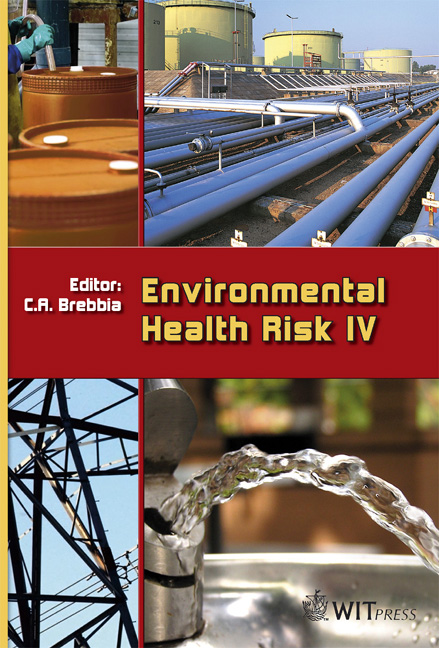The Case Of Atmospheric Pollution Using Production Waste In A Building Materials Factory: An Applied Industrial Case
Price
Free (open access)
Transaction
Volume
11
Pages
11
Published
2007
Size
952 kb
Paper DOI
10.2495/EHR070021
Copyright
WIT Press
Author(s)
F. Patania, A. Gagliano, F. Nocera, A. Galesi & A. D’Amico
Abstract
The disposal of dangerous or special waste by combustion represents significant global atmospheric pollution even though emission limits do tend to curb greenhouse gases. The hazardous industrial waste must be treated, stored or disposed of utilizing a large amount of energy and petroleum. So the use of such waste as a ‘raw material’ in the production of building materials not only reduces the waste to dispose of, but also the emission of atmospheric pollutants. On this basis, research into the facilities of the DB Group (a large brick producer) has brought about a change in the raw materials used in production by using about 20% waste products without any significant variation in the end product. Considering the above, this study wants to show: 1. the plant modifications to allow mixed raw material input; 2. the environmental control techniques used; 3. the beneficial results for atmospheric pollution. Keywords: pollution, reuse, waste production. 1 Generality The DB Group is a brick producer and utilizes low volumes of fly ash generated from the Enel Power Station as a raw material to substitute for a part of the clay and shale, which are the two main raw materials of a conventional brick The development and marketing of commercial bricks that contain dry and pond fly ash and other waste should benefit the Enel Power Station and the brick
Keywords
pollution, reuse, waste production.





